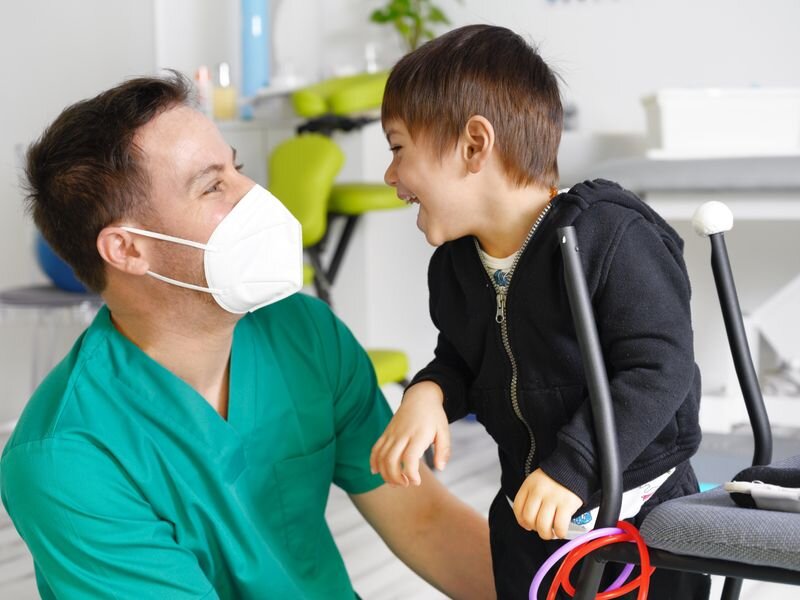
A novel hip brace is significantly effective in preventing the progression of hip displacement among children with nonambulatory cerebral palsy, according to a study published online Nov. 4 in JAMA Network Open.
Bo Ryun Kim, M.D., Ph.D., from Anam Hospital at the Korea University College of Medicine in Seoul, and colleagues conducted a randomized trial to investigate the efficacy of a novel hip brace in preventing progressive hip displacement in patients with cerebral palsy. Analysis included 66 children (aged 1 to 10 years) with nonambulatory cerebral palsy randomly assigned to the brace or usual care for 12 months.
The researchers found that the mean difference of the Reimers migration index between the intervention group and control group was −8.7 percentage points at six months and −12.7 percentage points at 12 months. Additionally, the intervention group had significant favorable changes in the Caregiver Priorities & Child Health Index of Life with Disabilities at the six-month follow-up versus the control group (difference, −14.2).
“In this randomized clinical trial, the hip brace was effective in preventing hip displacement aggravation. It effectively slowed and improved displacement and improved quality of life in patients with cerebral palsy,” the authors write. “Therefore, brace use could comprise a promising treatment method to delay hip surgery in patients with cerebral palsy.”
Several authors disclosed owning patents related to prevention of hip displacement.
More information:
Bo Ryun Kim et al, Efficacy of a Hip Brace for Hip Displacement in Children With Cerebral Palsy, JAMA Network Open (2022). DOI: 10.1001/jamanetworkopen.2022.40383
Journal information:
JAMA Network Open
Source: Read Full Article
